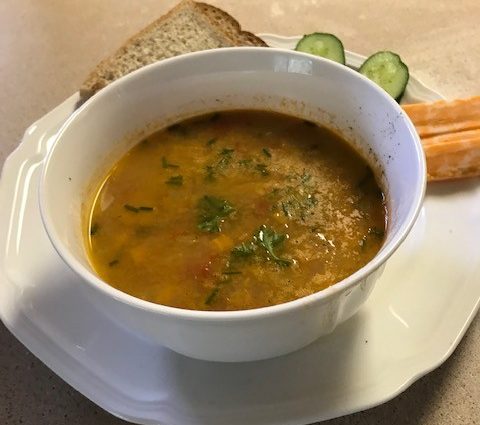by Vera Kanigan and Richard Hebda
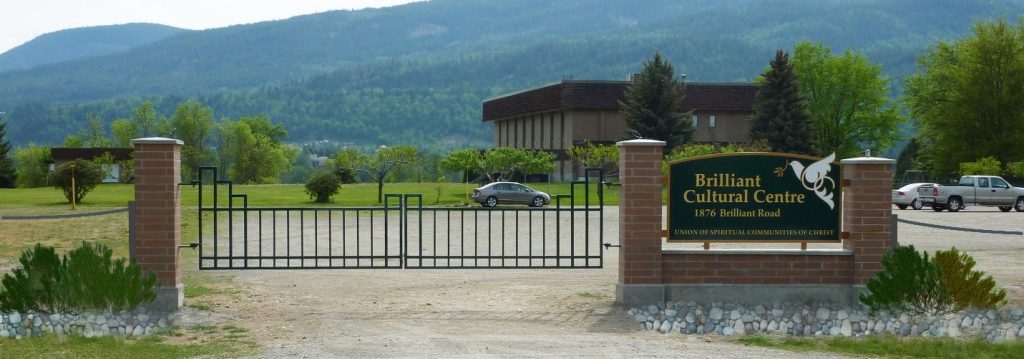
Potatoes and beans are food crops vital to the adaptation of communities to climate change. These foods together provide abundant carbohydrates and proteins and can be grown locally and adapted to climatic zones and weather conditions. Potatoes and beans occur in a huge range of heritage varieties, are easily grown by gardeners and small-holding farmers and are readily integrated into local cultural practices.
The diet of the peace-loving Doukhobor people of southeast British Columbia combines both of these foods in a hearty soup eaten locally for probably a century. We describe the recipe for this soup and a garden which for sixty years has provided the crops to make it. This story follows on from the description of the Koozen drying heritage bush bean from the West Kootenay region (https://heritagepotato.ca/heritage-beans/doukhobor-discovery-koozen-drying-bean-2-an-early-bush-bean-from-southeast-british-columbia/).
The Garden
Vera and Walter Kanigan have lived in the Doukhobor community of Ootischenia of the BC (plant hardiness zone 7b) Kootenays for more than sixty years since they were married. Vera (Novokshonoff) grew up in Grand Forks, BC where their family also grew an extensive garden. Walter has lived in Ootischenia since he was born, over 89 years ago. Together they have kept a garden since the mid 1960s. The garden has beautiful flowers and many sorts of vegetables. Among these, every year they have grown and dried Talyanka bush and/or pole beans and planted several different kinds of potatoes, usually coming from small potato tubers that were left over from the previous year.
At the beginning of their garden experience, Walter and Vera grew a large garden, especially when the children were young and at home. In addition, they had chickens to help in building up the soil with natural organic matter. Their yard and garden cover about 1/2 acre and the large green grass area supplies clippings for the soil. In addition to the garden, they have a Bing cherry tree, a Transparent apple tree, a Bartlett pear tree, as well as a winter pear tree. They grow a seedless variety of grape and the Concord variety. Some strawberries grow in a raised bed as well as a 20 ft (6m) row of raspberries, which Walter mulches with pine needles.
The garden is approximately 10 ft (3m) wide and about a 100 ft (30m) long and is usually tilled with a rototiller in the fall mixing in maple and birch leaves, then again in the spring. The main vegetable area has several varieties of potatoes, whichever are available from our local fruit and plant provider, Erran Rilkoff, called “The Apple Guy” situated across from Castlegar Airport. Usually, Erran, who is from Grand Forks, has Norland, Russet, Red Pontiac or Kennebec tubers. Potatoes are planted when the weather is warming up, usually after the third week in April. Vera and Walter also grow onions, carrots, beets, peas, cucumbers, tomatoes, the dried beans Talyanka as well as Blue Lake, the pole variety. At times Swiss Chard or zucchini are added. Garlic is planted in another patch in mid October and this year was harvested in mid July. Recently a variety of winter squashes has appeared in the compost piles and Walter looks after them because all of our food scraps are saved for composting. Previously, the garden rows were farther apart, but now because of the local water shortage, they are placed together closer (about 1 foot=30 cm), so that a smaller area gets watered.
In addition to the garden and green grass areas, Walter loves his rose garden, each bush rooted from a twig placed in a well-watered section of the yard. He lovingly cares for the roses, deadheading them as the petals fall. The colours vary widely, red, pink, yellow, multicoloured. He has shared them with many of our neighbours and friends. The flowers which Vera cares for are perennials which were provided by many of their friends, including pink phlox which is a wonderful memory from her mother-in-law, Nellie.
Some years are more plentiful than others and therefore, there are more fruits and vegetables to share. This year (2025) Vera and Walter shared re-seeding lettuce, Bing cherries, transparent apples and Bartlett pears; the Bartlett’s are abundant, beautiful and naturally sweet.
Walter’s grandmother Polly Kanigan or his mother Nellie Kanigan always had a supply of a variety of heritage bean seed that Vera planted. Through the many years of gardening, Vera and Walter grew the bush variety “Talyanka” and also the pole version. Talyanka is the local Doukhobor name for speckled bean varieties (like Italian “borlotti” varieties) also known as Italian beans. For more information on Talyanka and related Kootenay bean varieties visit (https://heritagepotato.ca/heritage-beans/doukhobor-discovery-koozen-drying-bean-2-an-early-bush-bean-from-southeast-british-columbia/) and consult “Seeds of History: Giving our past a future” compiled in 2000 by Heidi McGregor (see https://www2.foodsecurecanada.org/sites/www2.foodsecurecanada.org/files/Seeds_of_HIstory_EarthMatters.pdf).
Walter mostly remembers the pole beans because he had to find the tall poles somewhere up the mountains because when they moved to the property in Ootischenia, there were no trees on the flat land. About thirty years ago he set up rough iron poles for the beans and a few years later he began placing two iron poles, about 12 ft (3.5m) apart, then a pole on top and across them. To this he tied twine to hang down and catch the bean plants as they started growing. Beans were sown at the end of April when the soil was warming. They were placed a couple of inches (5cm) deep and about an inch (2.5 cm) apart. During the growing season, Vera picked them green for vegetable soup before they were dry. They were then harvested later in the fall, typically October, when they were dry but the rains had not started. Vera always marvelled at how quickly the heritage bean seeds sprang out of the ground in the spring, towards the end of April (depending on the weather) and always grew into healthy plants. Walter made sure that the soil was well composted either from the neighbour’s horse manure or from his compost piles made from yard clippings or peelings.
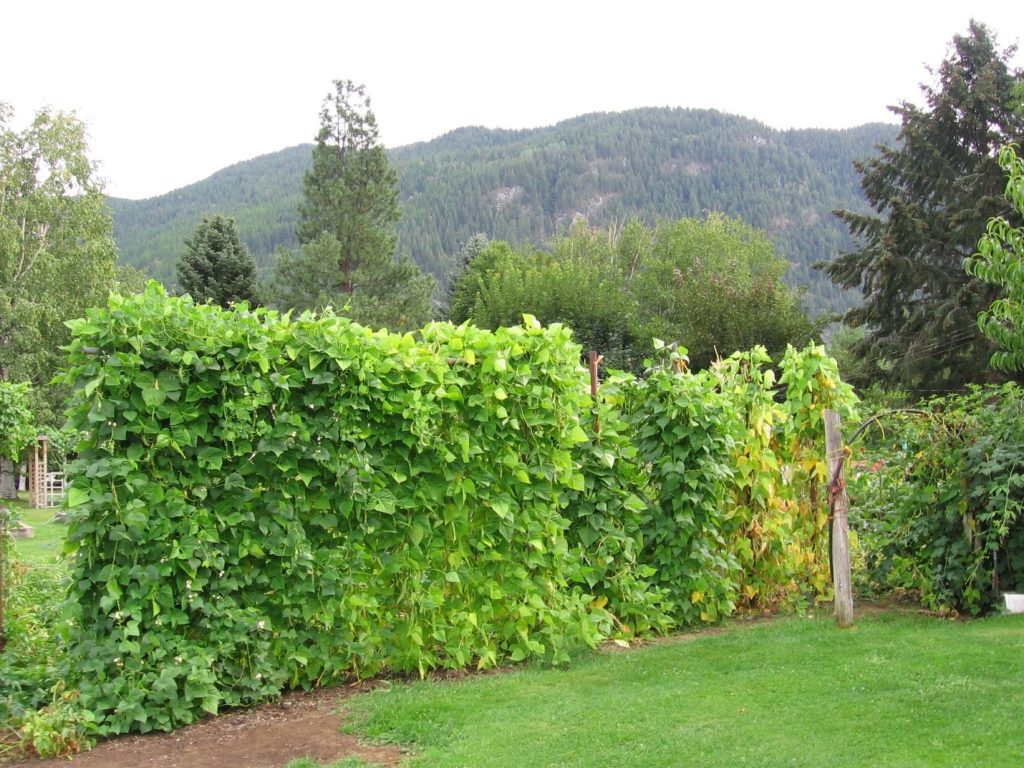
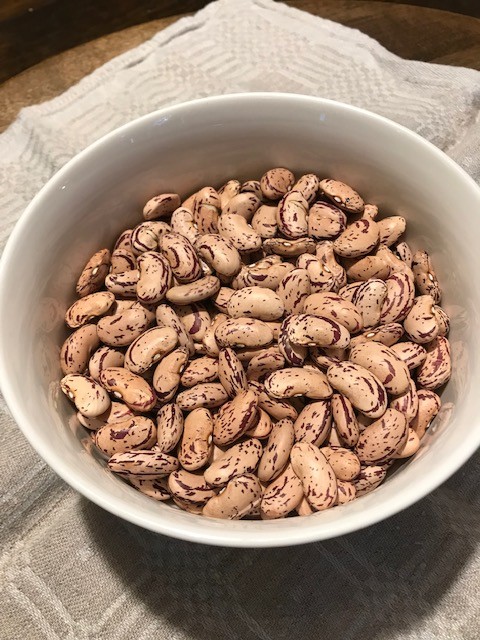
The Soup
Doukhobor people sustain themselves with traditional foods based on what they grow in their gardens. Talyanka dry beans are best known for their use in nutritious soups or in Doukhobor pyrahi fillings. The following recipe comes directly from Practical CookBook: Selected Doukhobor and Quaker Recipes, compiled in 1957 by Laura Verigin and Zoe Gulley.
“Soak 1 cup of Italian (Talyanka) beans over night. Next morning drain and cook in about 2 quarts of water, or more depending on your personal preference. When almost tender put in three medium potatoes quartered, 1/3 cup finely chopped carrots and 1/4 cup chopped onions. Salt to taste. While this is cooking put in 2-3 tablespoons butter and cup chopped onions into a frying pan. Let onions cook a few minutes until they have a glossy appearance, then add 1 1/2 cup canned tomatoes and let cook together until they start to thicken. Set on back of stove. When potatoes are just tender, take them out, remove and place in bowl for mashing. When you remove the quartered potatoes for mashing, have prepared 3/4 cup of cubed (1/2″) potatoes and put them into the potato stock water and cook until tender. To the quartered potatoes add 3 tablespoons of butter two tablespoons fresh cream and mash together. When the cubed potatoes are tender, add mashed potatoes first and then the tomato sauce. Stir all together, salt and pepper to taste, and serve hot.”
Vera notes that if the dry beans are moistened the evening before, then drained in the morning and filled with fresh water, the beans take about 1/2 hour to cook and then another approximately 1/2 an hour with the potatoes, and chopped vegetables. When Vera helped her mother-in-law prepare the soup, she recalls that a 1/4 cup of barley was always added and of course more water. Walter grew up in a large family and various soups were always a staple, often served before the rest of the dishes. Bean soup from dry beans was enjoyed mainly in early fall and winter. Vera notes that green onions or chopped parsley can be sprinkled on top.
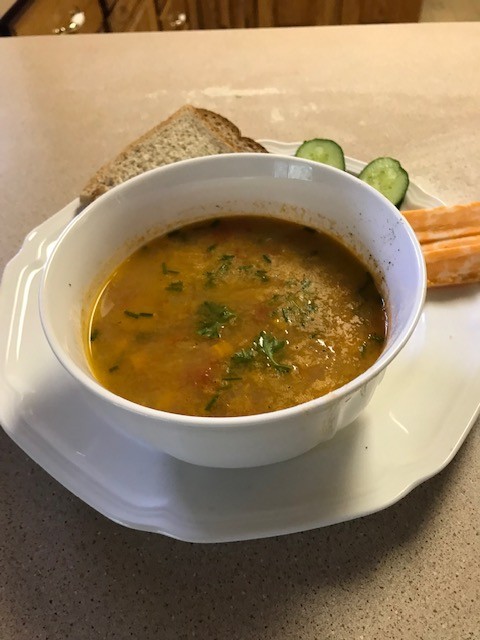
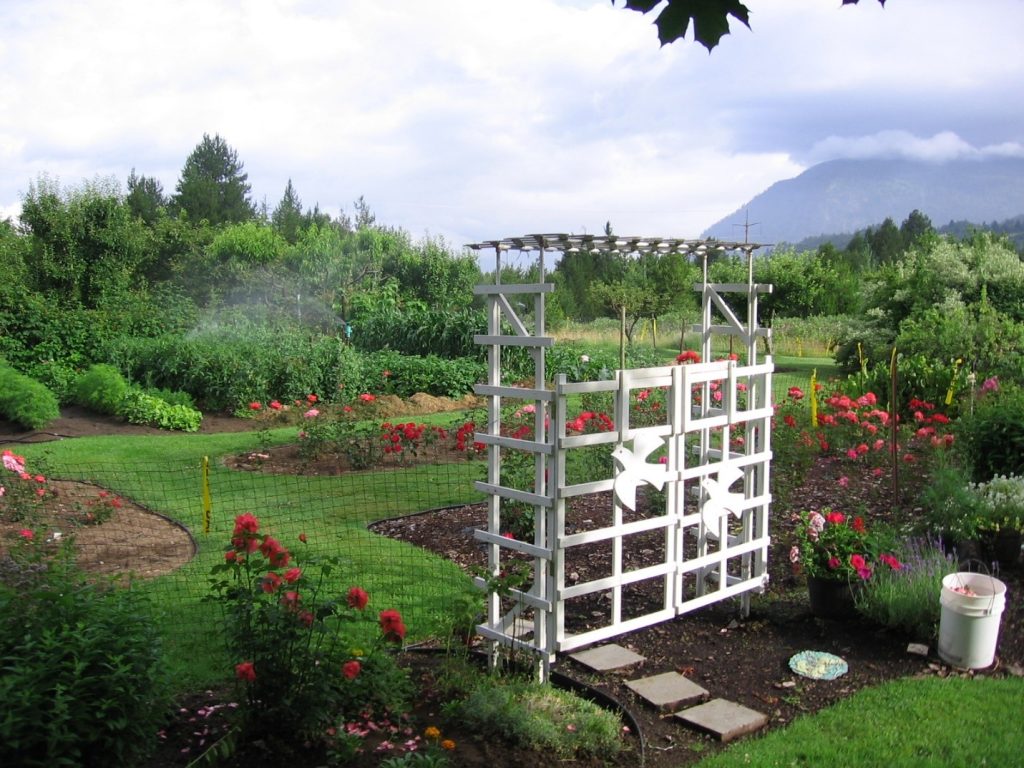
Walter’s grandmother always taught her children and grandchildren to plant with a prayer: “God help my garden grow so that there will always be enough for those who come over and for us as well”. Mostly all the Doukhobor cooks learned to prepare a variety of soups, sealed them in jars, kept them in the fridge, so that if someone came by, there always was something warm to serve.
Doukhobor Bean soup nourishes the body as the Doukhobor Garden nourishes the soul.

